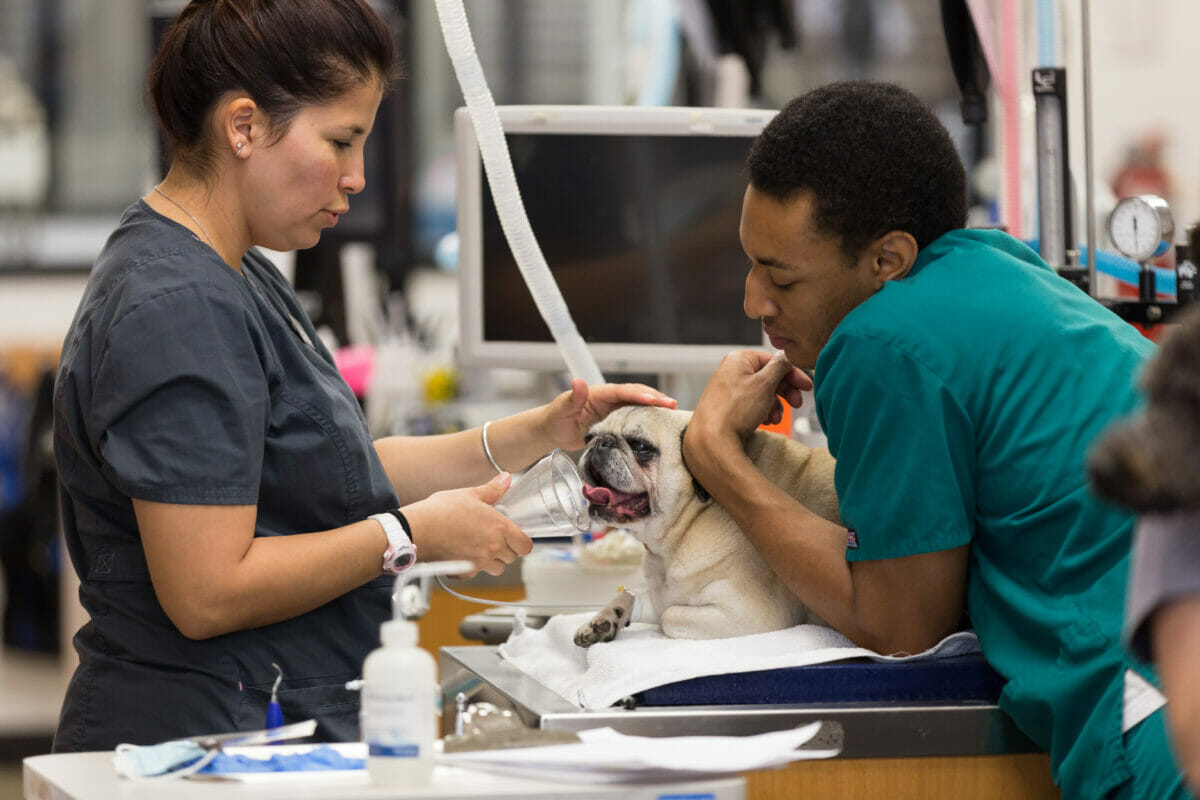Dedicated clinical and basic science faculty with many years of teaching experience are committed to working closely with you to help you succeed in our rigorous program. You will have a faculty advisor who serves as a mentor throughout your academic career by providing advice, referrals, letters of recommendation, and other support.
The Office of Learning Enhancement & Academic Development Office (LEAD) is another resource for on-campus and distance students. LEAD helps students connect academic success with wellbeing. In individual counseling sessions, students learn time management, test taking, and studying strategies. LEAD facilitates training in managing stress, increasing focus, and professional skills.
Just five years after opening our doors to students, the College of Veterinary Medicine has achieved limited full accreditation and a reputation as a leader in innovative learning and reverence-for-life pedagogy. Clearly, we prioritize student success.





